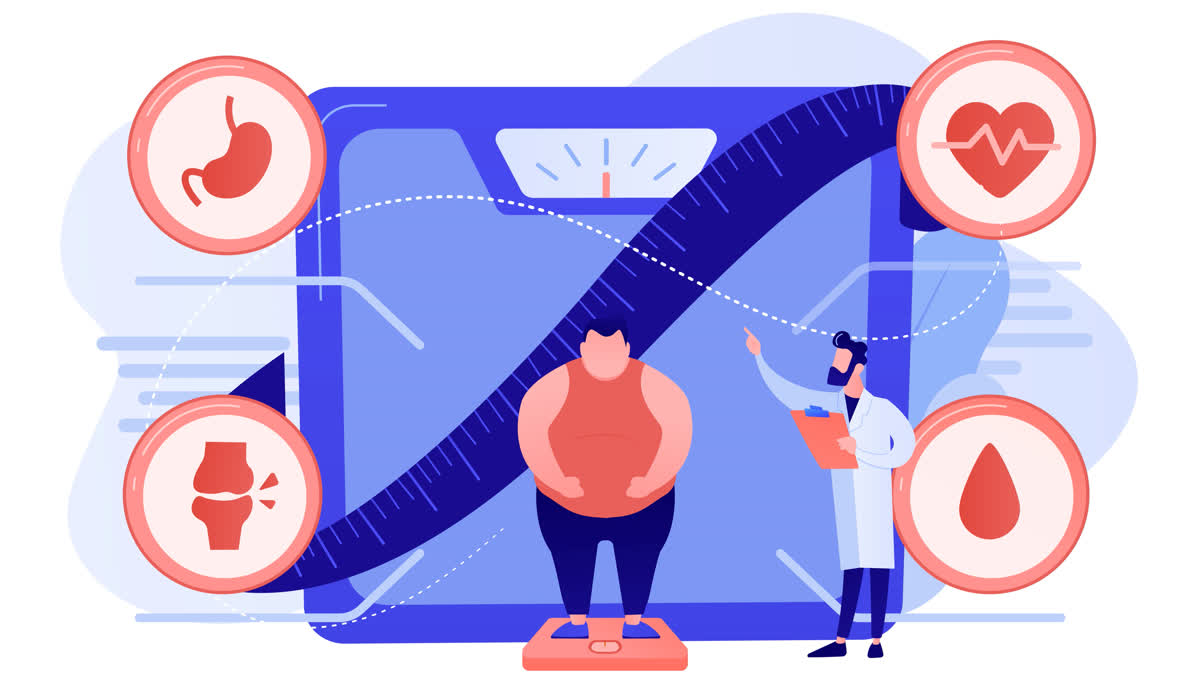A group of 56 global experts has proposed a groundbreaking approach to diagnosing obesity, moving beyond Body Mass Index (BMI) as the sole measure. Published in The Lancet Diabetes & Endocrinology, this commission has the backing of 75 medical organizations and aims to provide a more nuanced, personalized way of identifying and treating obesity.
Professor Francesco Rubino of King’s College London, who chaired the commission says, “The question of whether obesity is a disease is flawed because it presumes an all-or-nothing scenario. Evidence shows a more nuanced reality. Some individuals with obesity remain healthy long-term, while others experience severe illness due to excess body fat.”
The commission’s approach distinguishes between two categories: clinical obesity, where excess fat causes health issues, and pre-clinical obesity, where individuals are at higher risk but have no current illness.
BMI Alone Isn’t Enough
For decades, BMI has been the go-to tool for diagnosing obesity but it has significant shortcomings. BMI measures weight relative to height but doesn’t account for fat distribution or individual health conditions. For example, someone with excess fat around the organs (a major risk factor for diseases like diabetes and heart failure) might still have a “normal” BMI. Conversely, individuals with a high BMI but healthy organ function might be misdiagnosed.
Commissioner Professor Robert Eckel from the University of Colorado highlights the issue: “Relying on BMI alone is problematic. People with excess body fat in specific areas, like the waist or organs, face higher health risks than those with fat stored beneath the skin. Yet BMI doesn’t differentiate between these cases.”
A New Way To Diagnose Obesity
The proposed framework combines BMI with additional measurements such as:
- Waist circumference or waist-to-hip ratio to assess fat distribution.
- Direct fat measurements using advanced tools like DEXA scans.
- Health assessments to identify symptoms of clinical obesity, such as difficulty breathing, joint pain, or metabolic disorders.
This approach allows healthcare providers to differentiate between clinical obesity, requiring immediate treatment, and pre-clinical obesity, where prevention strategies can reduce future risks.
Under the new model:
- People with clinical obesity (those showing signs of reduced organ function or physical limitations) would receive timely treatments like lifestyle changes, medication, or surgery.
- Those with pre-clinical obesity would focus on risk reduction through monitoring and counseling.
Professor Wendy Brown from Monash University says, “With these criteria, we can tailor treatment plans according to the patient’s needs, ensuring care is both effective and appropriate.”
Tackling Stigma And Misconceptions
Obesity isn’t just a medical challenge, it’s also deeply stigmatized. The commission underscores the importance of addressing societal bias and misconceptions. Joe Nadglowski, a patient advocate and commissioner, told AP, “The way obesity is discussed often adds to stigma, making it harder to prevent and treat. This new approach can help clear up misconceptions and foster understanding.”
Obesity affects over one billion people globally, a number that continues to rise. Traditional diagnostic methods are failing many of these individuals, either through misdiagnosis or delayed care. As Professor Rubino says, “This nuanced approach ensures evidence-based, personalized care that benefits both patients and healthcare systems by reducing unnecessary treatments.” (With agency inputs)
Read more:



